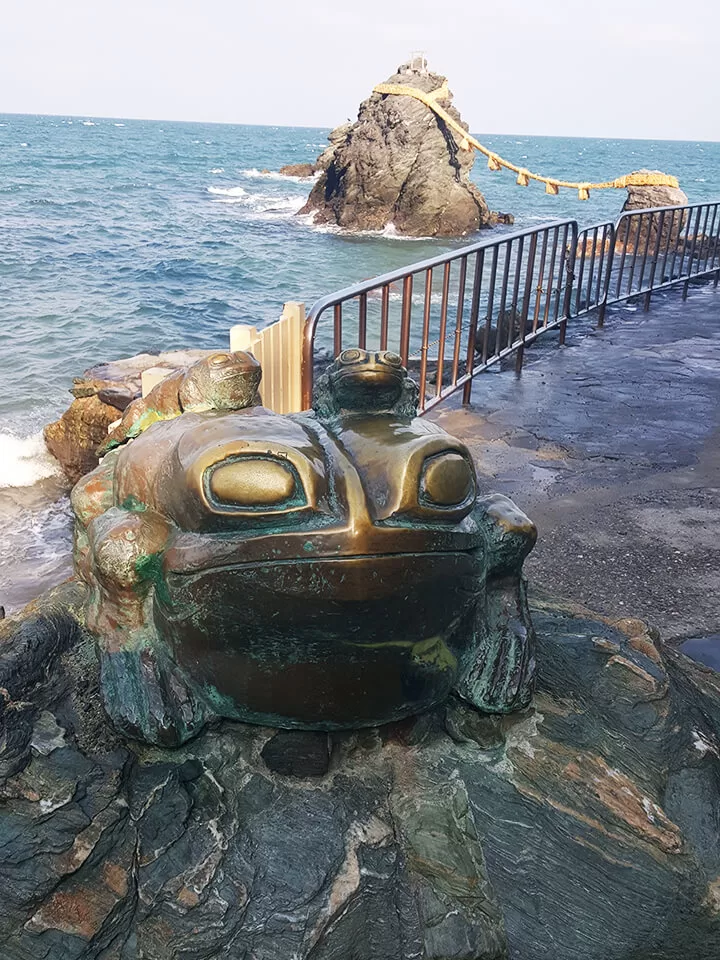In this article we are going to talk about exploring the Kii Peninsular by train, and in particular travelling on the JR Kisei Main Line, that goes around the coast of the peninsula.
The Kii Peninsular is home to some of Japan’s most sacred and interesting shrine and temples as well as spectacular mountain and coastal scenery.
We will also tell you about which train tickets are best to use to explore this region.
The Kii Peninsula straddles both Chubu (east side) and Kansai (west side) Regions. The southern most point, the Kushimoto area, is also the most Southern Point of Honshu. The 384.2 km JR Kisei Main Line goes around the coast line of the peninsula, and in many places you can see the Pacific Ocean.
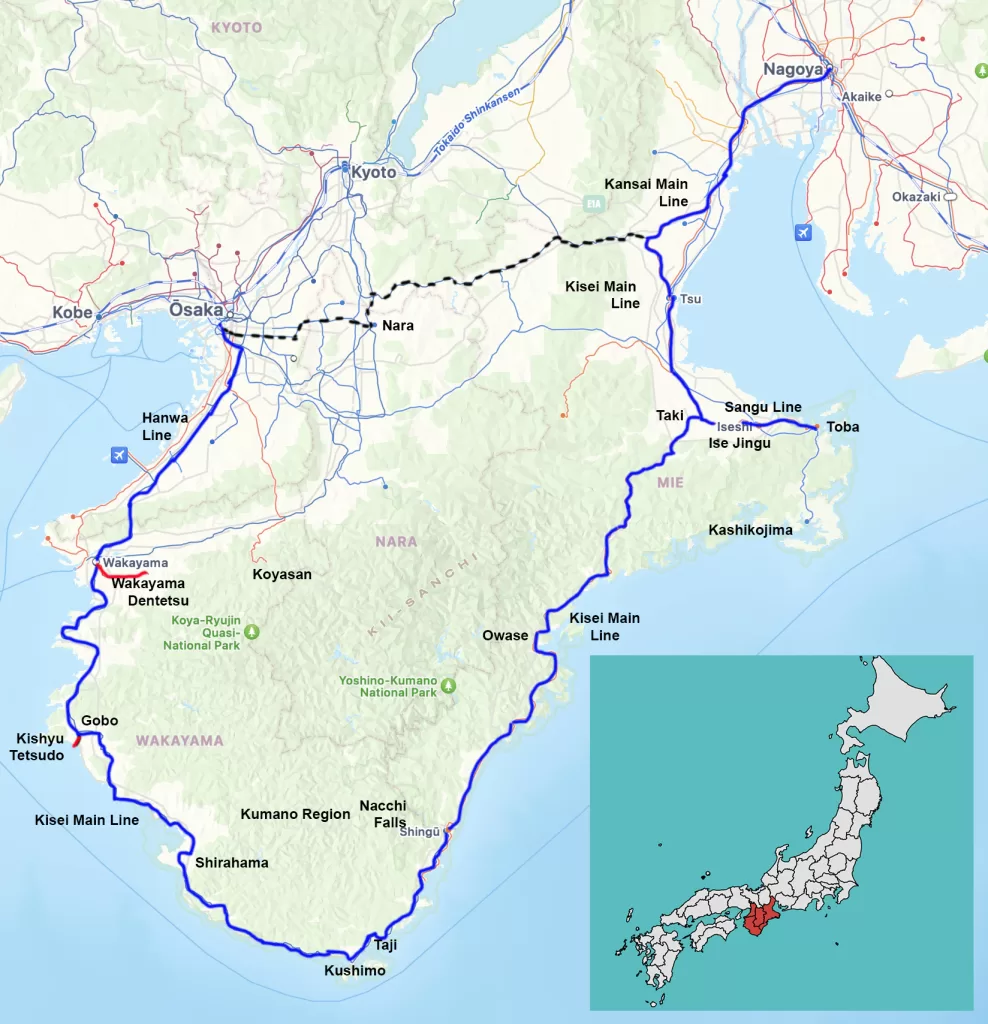
The purpose of this article is to give you travel ideas. You may want to some parts not others, or do a variant.
In this article we describe travelling from Nagoya to Osaka, it is equally easy to travel in the opposite direction. Additionally, some individuals may opt to only explore only part of the route (e.g. Osaka to Shingu and back to Osaka)
Although this article is for those Exploring Japan by train, we also point out things of interest to rail enthusiasts. We also cover doing this route by both local trains (particularly for those using “Seishun 18 Kippu”) and limited express trains.
We would suggest first travelling to Ise and Toba. This is actually a deviation off the Kisei Main Line, as both Ise and Toba are reached by the JR Sangu Line.
From Nagoya, theer are three ways you can travel using JR trains. The first is to take a “Rapid Mie” train from Nagoya to Iseshi and then onto Toba. This train does not require any special tickets, just the basic fare unless you travel in the reserved seat section. Those using a JR Rail Pass or a Seishun 18 Kippu will though need to pay a supplementary fare as this train takes a “short cut” over a non JR railway company line (*).
The second option is to take the Limited Express Nanki and if going to Iseshi and Toba, to change to a local or Rapid Mie train at Taki.
(*) if you use the JR Tokai Regional Pass , there will not be any supplementary fee. Ordinary tickets will also include the supplement if not routed via Kameyama
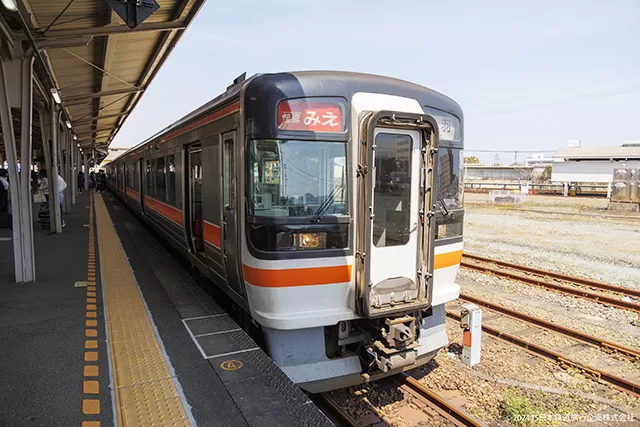
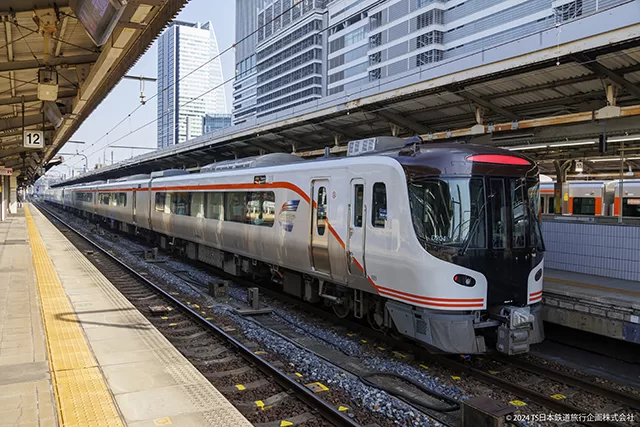
Alternatively, particularly for rail enthusiasts, you could take a Kansai Main Line Rapid train to Kameyama and then change to the Kisei Main Line and travel to Tsu to change to the Rapid Mie Train or in some cases go through to Toba (but going all the way by local train will take a long time)
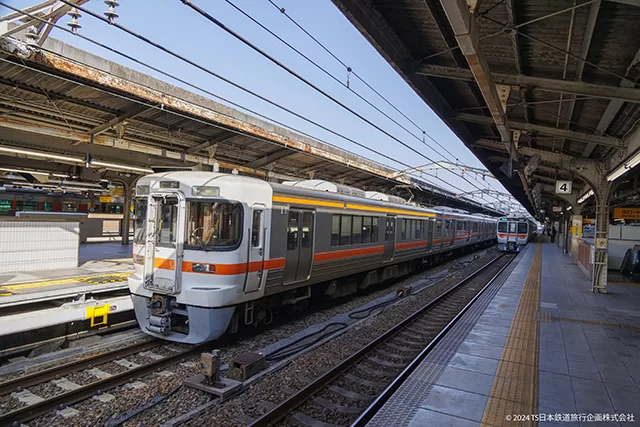
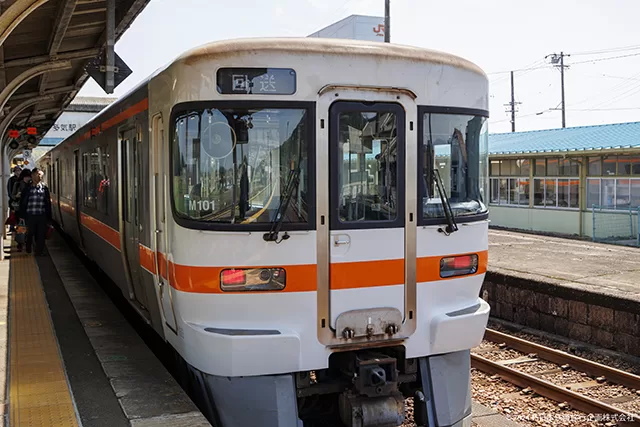
Ise is home to Ise Jingu, one of the most sacred shinto shrines in the country. It is actually divided into two, the outer (Geku) and inner shrine (Naiku), which are some way apart.
Although a bit touristy there is a parade of shops before you get to the entrance of the Inner Shrine.
There is quite a bit to see around Ise City, so you could also consider taking a bus from Ise to Toba
Toba, is also in the area that is called Iseshima (Ise island) and is famous for the Mikimoto Pearl Island and the Ama female pearl divers. Mikimoto developed “cultured pearls” so as well as being able to buy the famous Mikimoto Perals there, you can also learn about the process. There is also a very interesting aquarium in Toba.
If you are their in the evening, it is a very beautiful sight seeing the sunset over the oyster beds along the coast in this part of the Kii Peninsular.
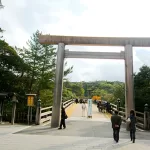
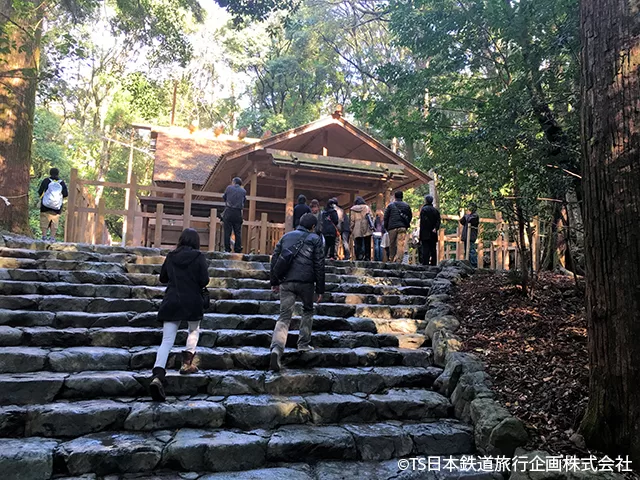
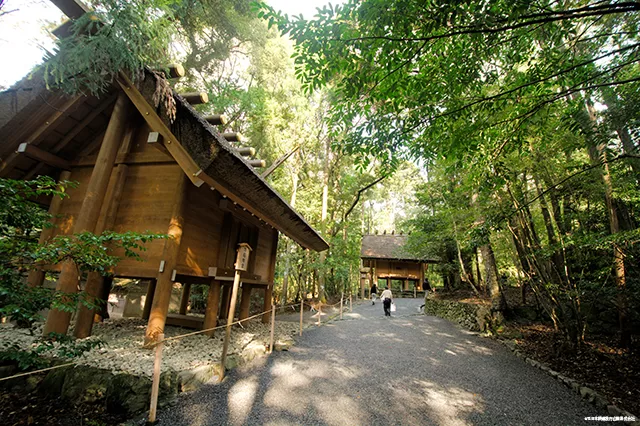
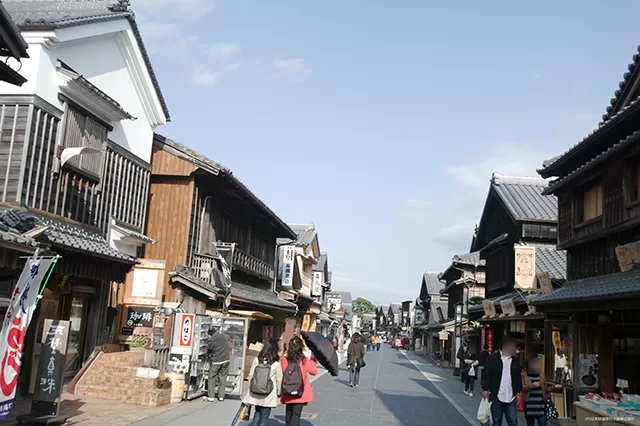
Information Links
Between Ise and Toba is the famous Futami Okitama shrine, which is also known in Japan as the “Wedded Shrine”. There are many Frog statues which are regarded as auspicious in respect of this shrine. In past times, people visiting Ise Jingu would come to Futami Okitama shrine to immerse themselves before going on to Ise Jingu.
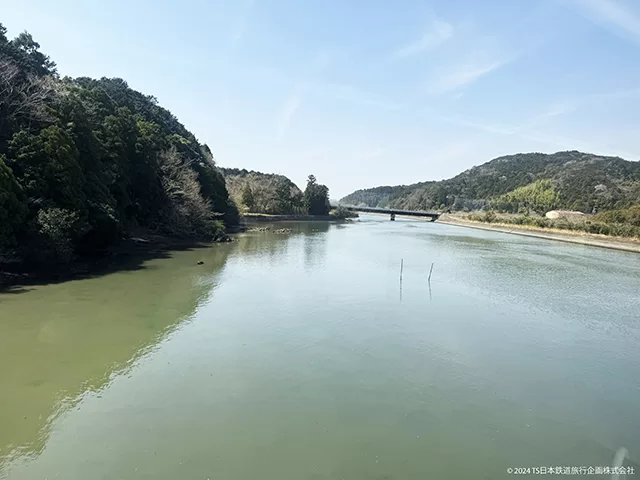
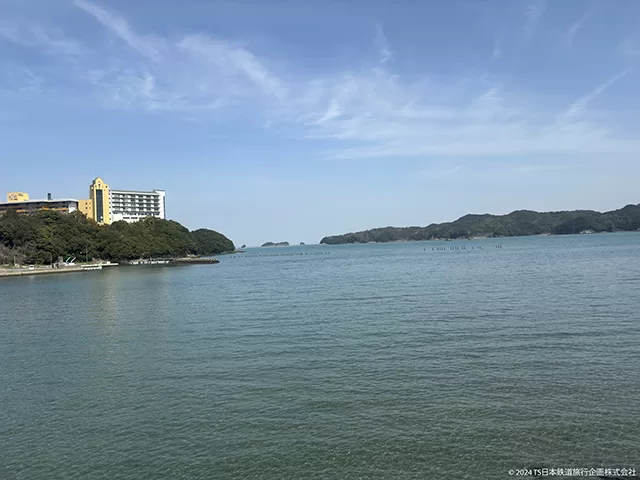
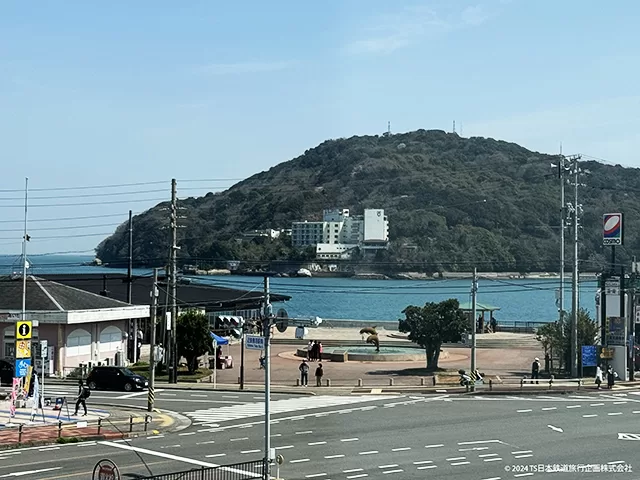
From Toba you will need to go back as far as Taki which is the junction of the Sangu and Kisei Main Lines.
Depending on the time you will have to catch either a local train or the Limited Express Nanki train going towards Shingu.
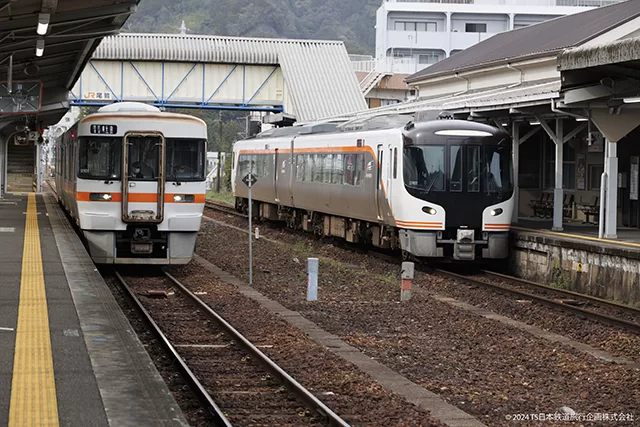
From Taki to Shingu takes quite a long time: The Limited Express Nanki takes about 2 1/2 hrs. the local train 3hrs 40 minutes – but you get to enjoy the scenery of the Kii Peninsular’s eastern coast line. (if travelling on the Limited Express Nanki, reserve seats D & C)
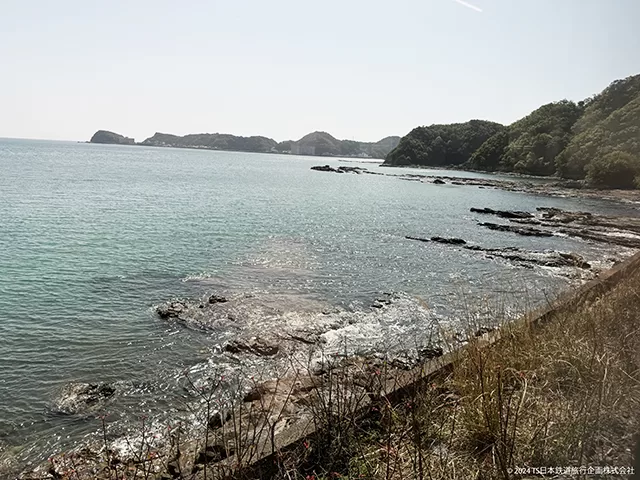
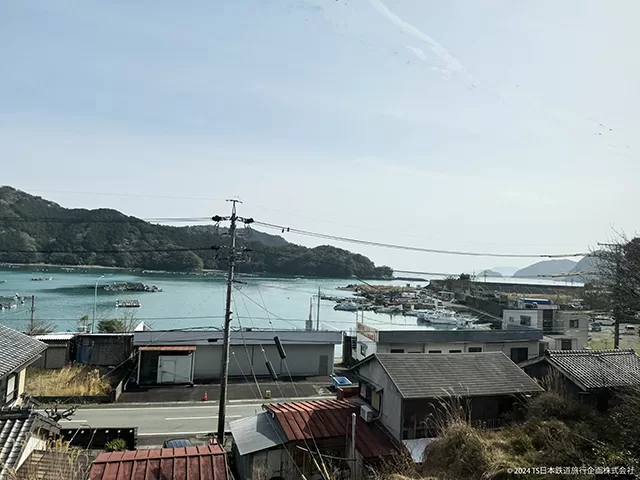
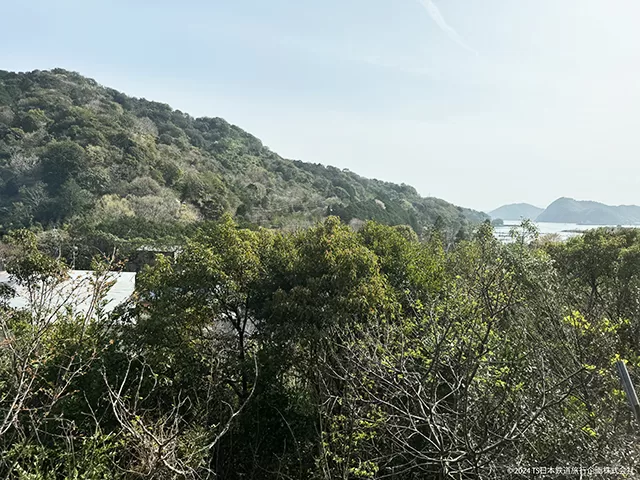
The Limited Express Nanki goes through to Shingu and Kii-Katsura. Local trains terminate at Shingu, which is the border between JR Tokai area and JR West Area. There are local and limited express trains that connect Shingu and Kii Katsura stations.
Both Shingu and Kii Katsura are the gateways to the Kumano region, and is one of the places to make a break, leave the train and make your way into an area of outstanding beauty and religious importance. You can get buses from both Shingu and Kii Katsura to take you to the Nacchi Falls & Nachi Taisha , Hongu Taisha (shrine) (Taisha are important shinto shrines) and Kumano Hatotama Taisha is within walking distance of Shingu station.
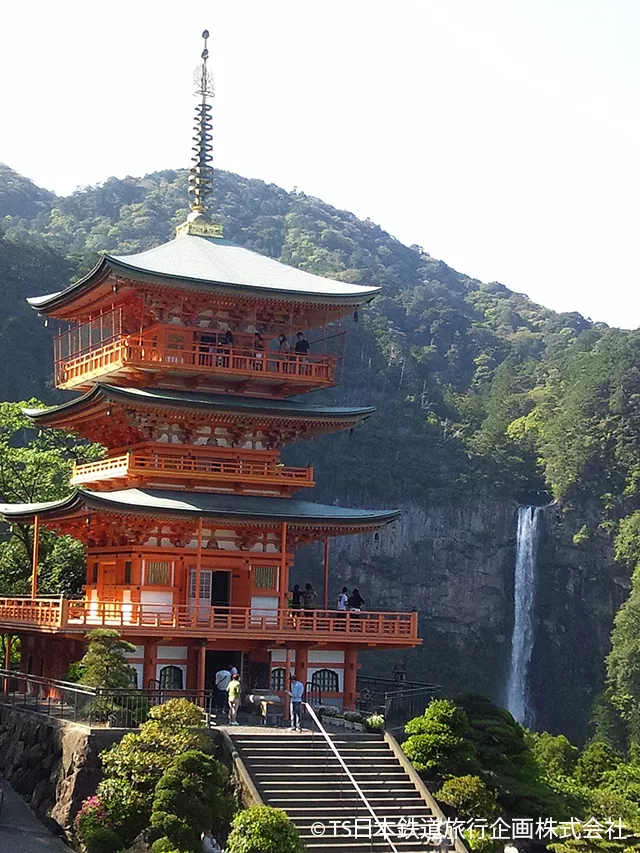
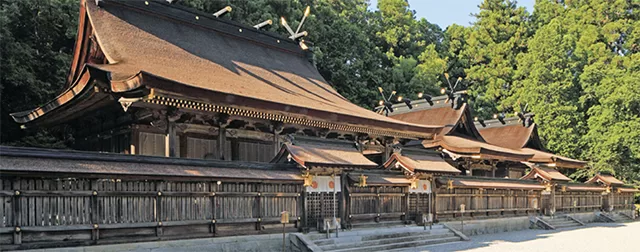
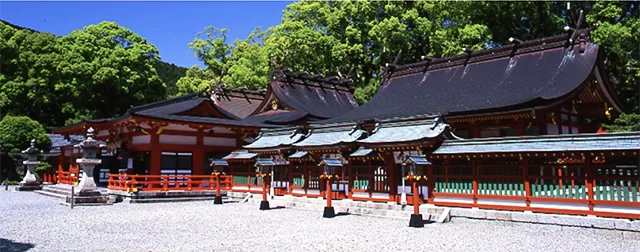
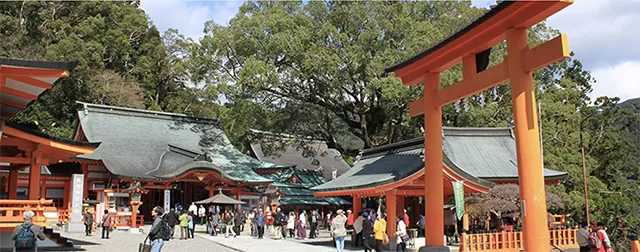
Information Links
We would recommend staying at least one day and night in this area (either Shingu or Kii-Katsura and enjoy the peace and quiet in these small cities.
For Foreign visitors to Japan who have decided not to use a JR Rail Pass, there is a regional rail pass that is specifically to do this trip; JR Tokai Ise-Kumano-Wakayama Area Tourist Pass. it is valid for 5 days and allows travel on the Kisei Main Line between Nagoya and Osaka and also it allows travel to Nara, Ise & Toba. What makes this pass really useful is that allows travel on certain local buses, so exploring the Kumano Kodo area much easier. It is also valid on some Non JR Lines, (so the supplementary fee mentioned above is not charged when using this ticket). You can also use Limited Express Reserved seats up to 6 times and no limit on unreserved seats.
Cost is Y11,210 if bought from an overseas agent or Y12,220 if bought from JR Tokai (online or at ticket office in Japan)
Information: JR Tokai Tourist Pass
The observant traveller, and the rail enthusiast, will notice that from Shingu onwards the types (and colour) of the trains changes as the operator has changed from JR Tokai to JR West (or opposite if travelling from Osaka to Nagoya).
The JR West section of the Kisei Main Line is electrified, whilst the JR Tokai section is not.
From Shingu you may see or travel on this interesting Limited Express train painted like a Panda (we will come to the reason why shortly)
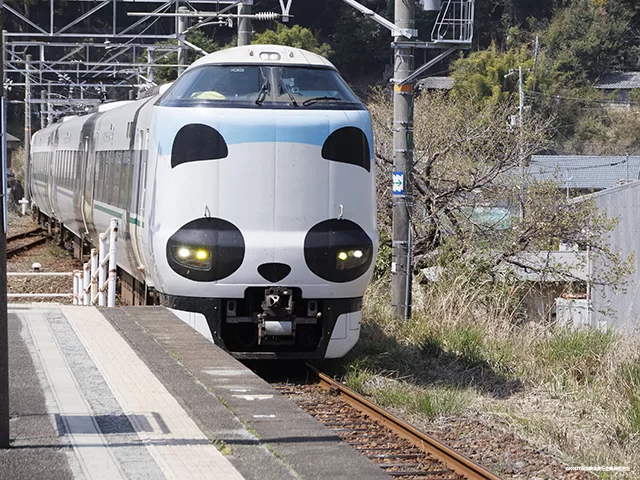
You may also notice that the part of the Kisei Main Line is called Kinokuni Line (きのくに線). The reason for this is that the area of Wakayama prefecture served by the Kishu Main Line, was called Kishu Province. The kanji for Kishu is 「紀」and “kuni” means province (or country). You will see Kishu mentioned later in this article.
The Kisei Main Line continues along the Kii Peninsula coast line as it heads toward Wakayama City.
If you travel on the Limited Express Kuroshio then try and reserve seats D&C which are on the coast side.
A city of note along the way is Shirahama. This is a popular and old Onsen (hot spa) resort, having many hotels & ryokan. It is also famous as its name implies for its White Beach.
Shirahama is also hone to the Wakayama Adventure Park, which has the largest number of Pandas in japan, hence the Panda design on the train.
The scenery along this side of the Kii Peninsula coastline is more visible and more interesting than along the Mie Prefecture side.
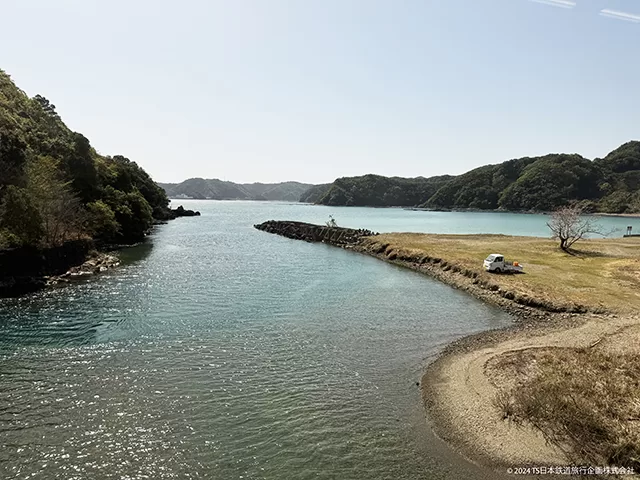

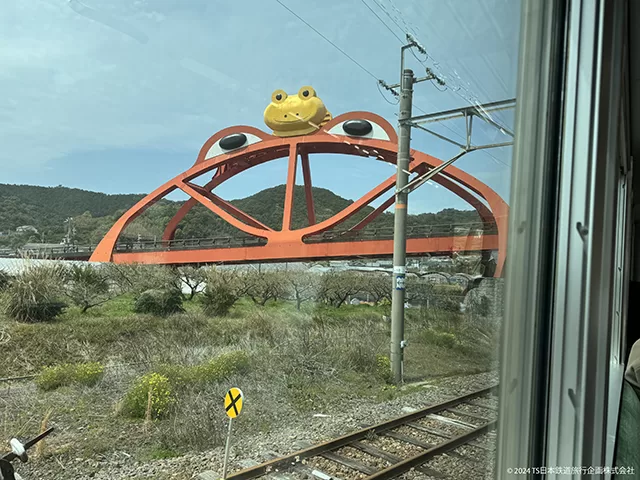
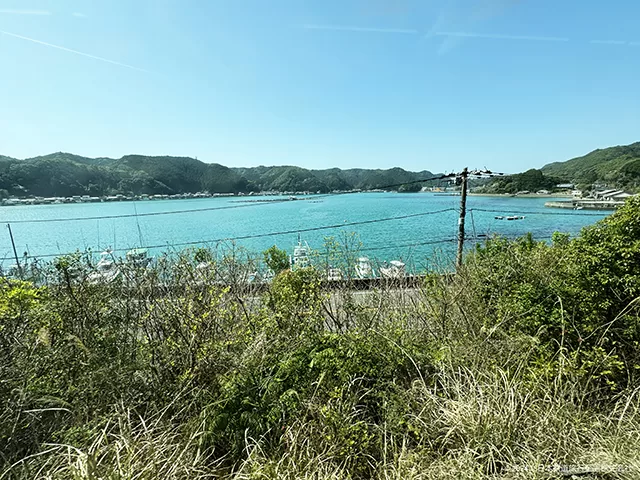
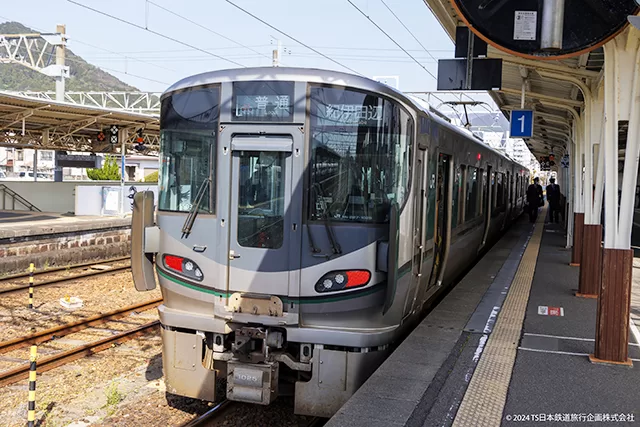
For those travelling with the Seishun 18 Kippu and those who like the slow ride, you can also travel by local train from Shingu to Wakayama (a number of changes are required). Since March 2023 JR West is using its new 227-1000 series EMUs on this route
The Kishu Railway is the second shortest railway in Japan, with a length of just 2.7km. and a journey time from end to end of 8 minutes (average speed just over 20km/h). It is a non electrified line that operates from JR Gobo Station to Nishi Gobo with three intermediate stations
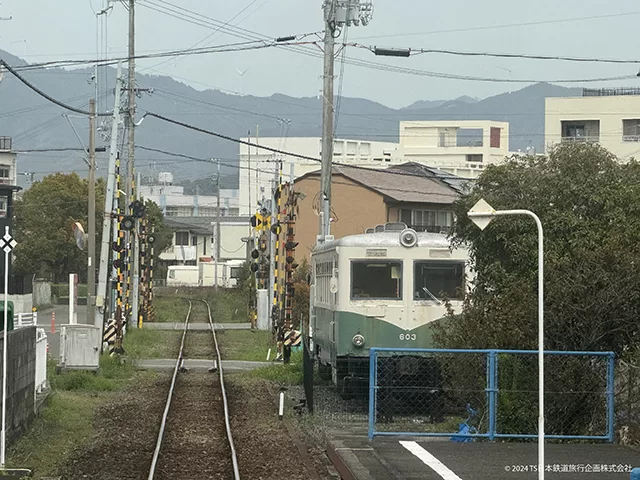
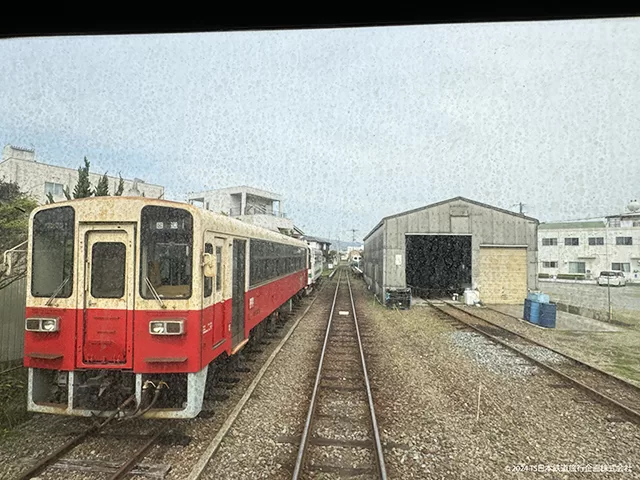
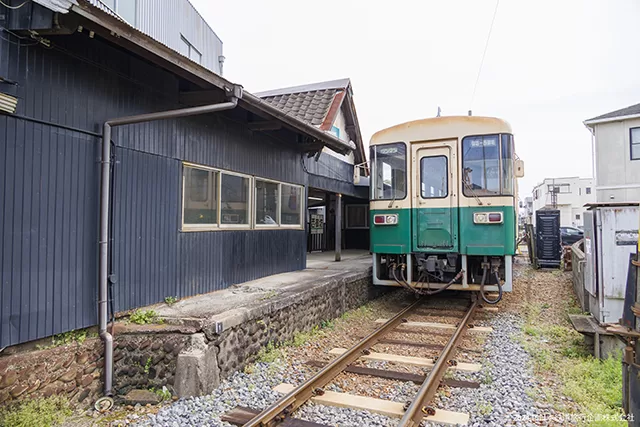
Once you get to Wakayama, and you still want to see more trains or you like cats, you should make a trip on the non-JR Wakayama Electric Railway (和歌山電鉄), which is just over 1 hour round trip (32 minutes each way).
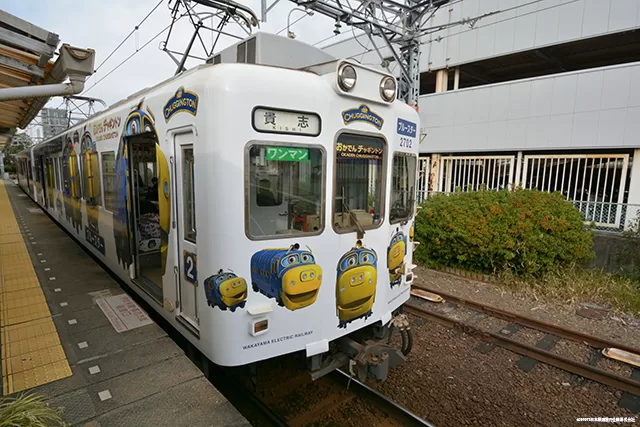

The Limited Express Kuroshio goes all the way through to Osaka, but if you are using local trains, these only go through to Wakayama, where you need to change to the Hanwa Line. there are frequent rapid service to Osaka (journey time about 1hr 10 mins). You could also choose to get the Limited Express Kuroshio from Wakayama.
For rail enthusiasts, most services are operated by JR West’s 225 series.
The Limited Express Kuroshio goes all the way through to Osaka, but if you are using local trains, these only go through to Wakayama, where you need to change to the Hanwa Line. there qre frequent rapid service to Osaka (journey time about 1hr 10 mins).
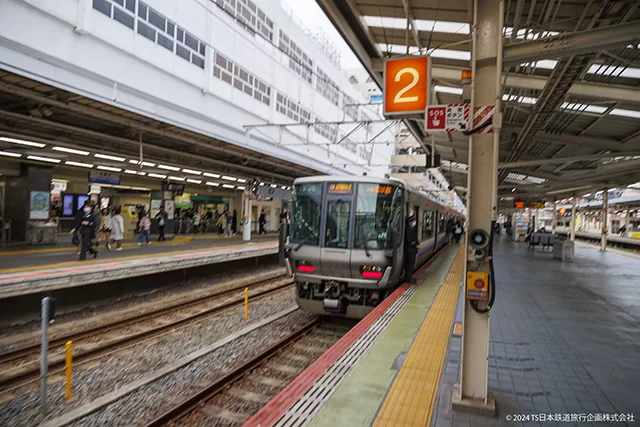
For rail enthusiasts, most services operating from Wakayama to Tennoji (Osaka) are operated by JR West’s 225 series.
For those who want to travel cheaply and really experience Japan Rail Travel, or if you are a rail enthusiast, during the Japan college holiday periods there is a ticket that allows 5 non consecutive days of travel on all JR Local and Ordinary Rapid Trains, across the country The ticket is called the Seishun 18 Kippu, which literally means “Youth 18 Ticket”. However there is no upper age limit and neither do you need to be a college student! cost is Y12,050.
This ticket can also be used in by 5 people travelling for one day, or combinations of up to 5 people travelling up to 5 days.
This ticket is not for everyone, but for those feeling adventurous and travelling when it is available then it is great value!
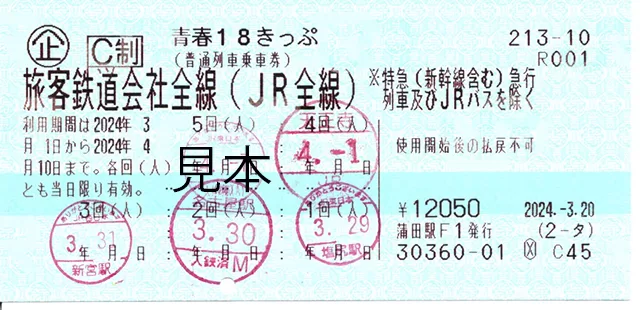
In some cases it may be better to buy ordinary tickets. TS Japan Aril can tell you how to buy these in the most economical way. For example you may more efficient cost wise to buy a basic fare ticket for the whole route, depending on how many days you plan to take to complete trip, and of course what other travel you are planning to do.

For those using TSJR’s Itinerary or Full Travel Planning service…
TS Japan Rail as part of its planning service will help you decide which tickets or passes are best for your trip, both from a costand convenience point of view!
Explore Japan by Train… Explore Japan’s Railways
TS Japan Rail as the Japan Rail experts can help you with ideas and travel planning, so you can see more of this fantastic country and fascinating railways!

